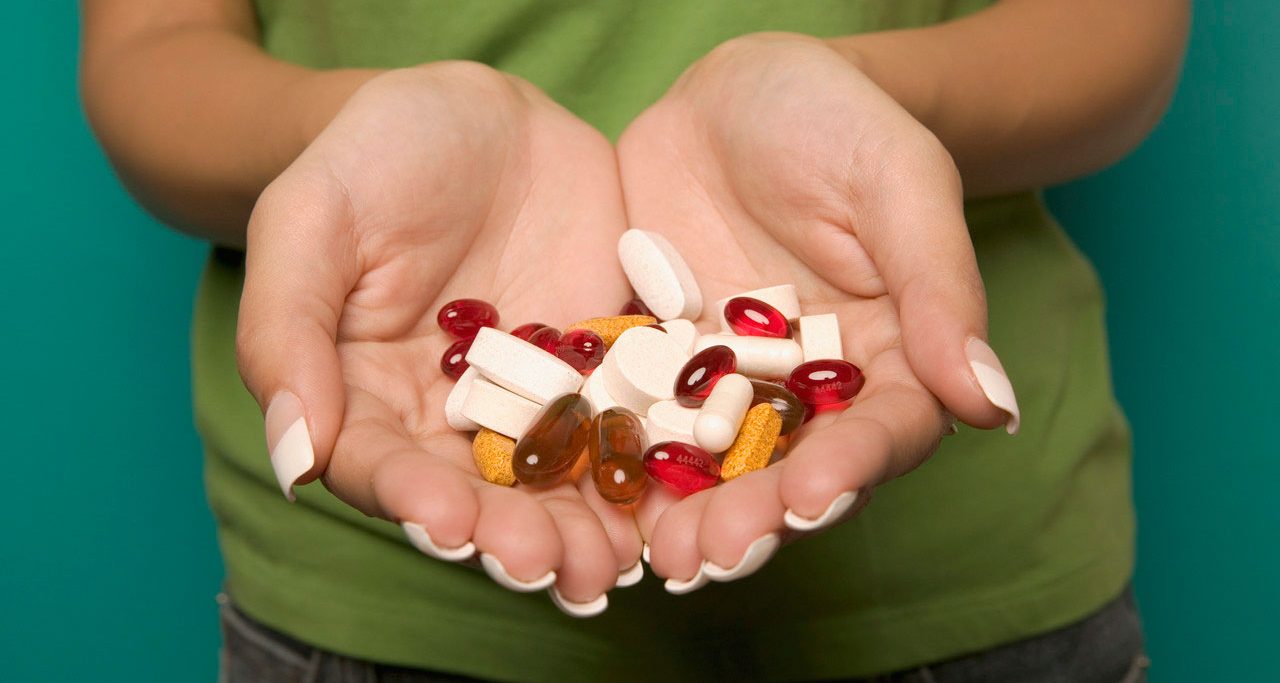How to End the Opioid Crisis - Page 4

Improve treatment of addiction
Make naloxone more available. Many states now let pharmacists dispense naloxone without a prescription. In Ohio, schools, prisons, homeless shelters, and other organizations can stock and administer it.
Forty states have passed “Good Samaritan” laws or “911 Protection” laws that encourage people to seek medical care by protecting them from prosecution. Many states also offer immunity from consequences under pre-trial, probation, or parole conditions, or protection or restraining orders.
The drug is expensive, and it doesn’t get people into treatment, however. New York reached an agreement with Amphastar Pharmaceuticals to cut the price by nearly 20 percent and cap it for all state agencies.
Follow up with addicted people who get emergency care. In 2015, Colerain Township, Ohio, a suburb of Cincinnati, launched a program with teams that visited drug abusers after an overdose. In the next year, it reported a 40 percent drop in overdoses and 74 percent success rate in getting addicts into treatment.
Ohio has announced $3 million in grants to help create more “Drug Abuse Response Teams,” that would include police along with treatment providers (and other professionals, including possibly faith-based leaders).
Encourage medication-assisted withdrawal. Taking methadone or buprenorphine is the safest way for people to withdraw from heroin and may be a good choice for people addicted to prescription painkillers. In the United States, patients need to go to special clinics to get methadone and may have to pay for it (not all insurance covers it, and some clinics accept only cash). There are fewer than a 1,000 clinics in the country.
Other countries make methadone much easier to get. In Switzerland, Germany, and Australia fatal drug overdoses dropped dramatically while they were soaring in the United States. In those countries, most patients get their methadone prescription from a doctor and fill it at a pharmacy or at the doctor’s for little or no cost.
In the United States you can get buprenorphine (Suboxone or Zubsolv when combined with naloxone) by approved doctors outside a clinic. But the evidence is mixed on whether buprenorphine is as effective as methadone and patients vary.
Payment also can be an obstacle. Your private plan may stick you with a high co-pay for buprenorphine, and getting coverage under Medicaid is a big chore. According to the authors of a report by the American Society for Addiction Medicine, “The patient and the provider must be well informed and aggressive in pursuit of required approvals, sometimes completely repeated every three to six months, and consistently assertive in order for the treatment planned to receive full Medicaid coverage. Clearly, some states make this process very difficult to understand and time consuming and others do not make it easy.”
The federal government and state regulators could change the rules around both buprenorphine and methadone, making the drugs easily available and taxpayer funded.
New York reached a settlement with major insurers, who agreed to remove roadblocks to approval of the treatment. It also is pursuing insurers to bring mental health benefits on par with other kinds of benefits.
Some states are making it possible for people in prison to get medication-assisted treatment.
Drop criminal penalties for drug abuse. Portugal once faced an opioid epidemic worse than ours. In the 1990s, one percent of the population was hooked on heroin. The nation had the worst problem in Europe. In response in 2001 Portugal opted not to treat possession as a crime. Today, if you are caught with less than a 10-day supply of any drug — including heroin — you get something like a traffic ticket. You must see a government officer who discusses with you if you need to be treated at a clinic. The country also launched a major public health program. Every health district has outreach teams that visit addicts daily and may supply needles or methadone.
Unlike the United States, Portugal didn’t adopt opioids for chronic pain. Doctors and regulators resisted, wary of addiction in a country that knew addiction.
In short, Portugal didn’t decide that drugs are okay. It chose to solve its problem. Drug dealers still go to prison.
The result: Among 15- to 24-year-olds in Portugal, the portion who say that they have used illicit drugs in the past month has dropped by almost half since the new policy.
The rate of fatal drug overdoses is the lowest in Western Europe, at six deaths for every million people ages 15 to 64. Britain and Denmark have 10 times the problem as Portugal. In the United States, the number is 312.
If the United States matched Portugal, we would save one life every 10 minutes, saving about as many people as we now lose to guns and car accidents.
We can end our opioid epidemic. What it takes is the will and imagination to change the polices that led to it.
YOU MIGHT ALSO LIKE: More about the Opioid Epidemic in America
Updated:
April 02, 2020
Reviewed By:
Christopher Nystuen, MD, MBA